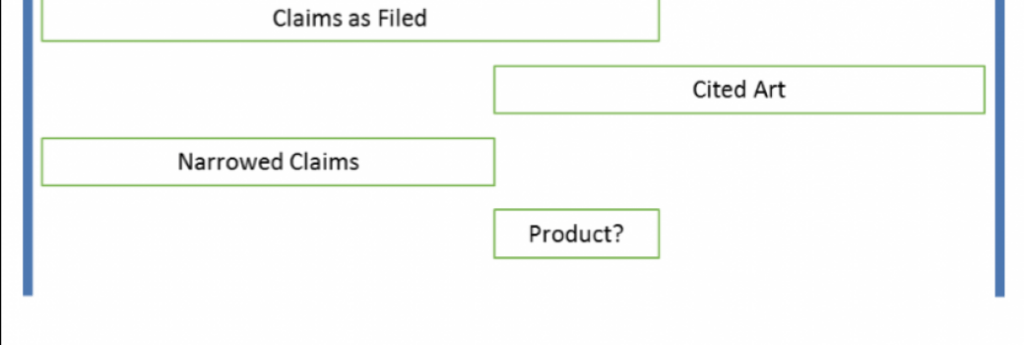by Mike Caldwell, Director of Business Development, Anaqua
In 2012, there were just over 1 million applicant citations submitted to the USPTO, examiners identified an additional 689,000. Of those, only 3.5% (just 36,000) included the applicants’ citations. Examiners may review the citations submitted on an IDS, but they also do their own searches and, in the vast majority of cases, select different relevant art. Further, just under 20% of examiner citations lead to a 102 (Novelty) or 103 (Obviousness) rejection. If you own one or more of the applications or patents causing these rejections, then you may have a Super Citation.
When an examiner cites prior art twice as the cause of a 102 rejection, this strongly indicates that the competitor is attempting to patent what you already disclosed. Even after a response to the first office action, likely including an amendment to the claims, when the examiner still issues a Novelty rejection, the cited patent’s value increases.
 For instance, a competitor does product development work, submits a patent application, and even goes to market, all before they receive a grant; this is a common scenario. Your patent or application blocks theirs based on a 102 or 103 forward citation. Now you have a potential infringement or licensing opportunity for the IP that caused the rejection.
For instance, a competitor does product development work, submits a patent application, and even goes to market, all before they receive a grant; this is a common scenario. Your patent or application blocks theirs based on a 102 or 103 forward citation. Now you have a potential infringement or licensing opportunity for the IP that caused the rejection.
The figure above presents a simple example of this situation. The top line represents an applicant’s Claims as Filed. After review of the application, an examiner denies their claims based on the Cited Art – your IP. The applicant can then decide to amend with Narrower Claims to get an allowance. With narrowed claims, if the applicant was marketing the product as originally envisioned, the potential now exists for product overlap and, thus, infringement.
A study of published citations revealed that, generally, patent holders only locate a subset of all of their forward citations through a search of the PTOs. Without the right tools, finding valuable forward citations is nearly impossible. Leveraging rejection analysis, abandonment rates, and patent to product mapping, you can assess the value of your patents and identify potential infringements in order to evaluate licensing, divestiture, and litigation strategy.
Read more from Mike Caldwell here.
Mike Caldwell is the Director of Business Development at Anaqua, Inc., and Co- founder and President of recently acquired Patent River Inc., a leading provider of unique patent data insight to the IP industry. As a Registered USPTO patent agent since 2002, Mike has developed and prosecuted semiconductor, electronics, electro-mechanical, mechanical, semiconductor processing, and business practices patents worldwide.
